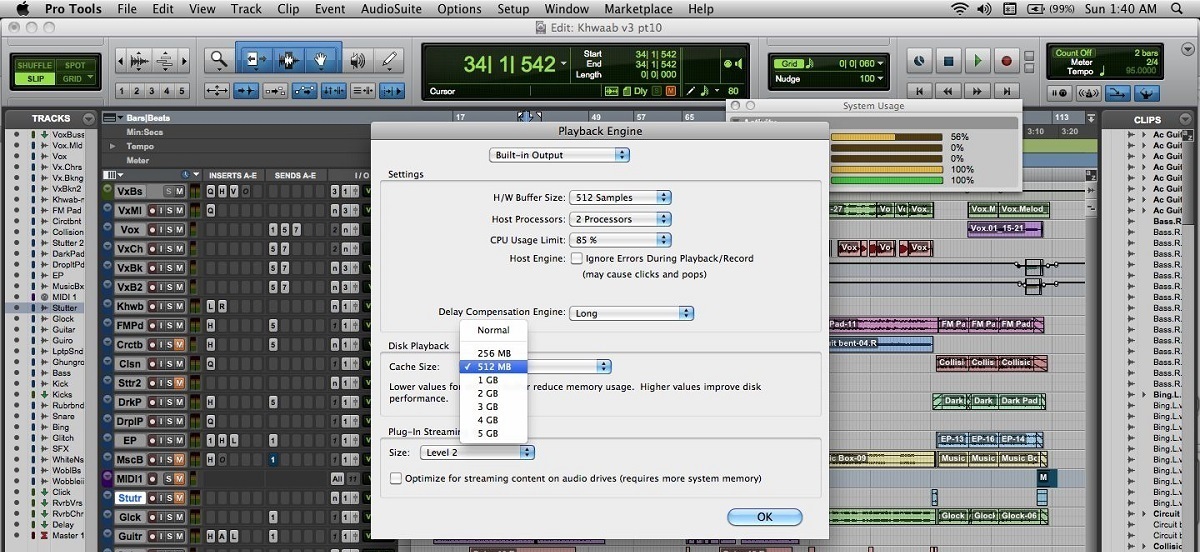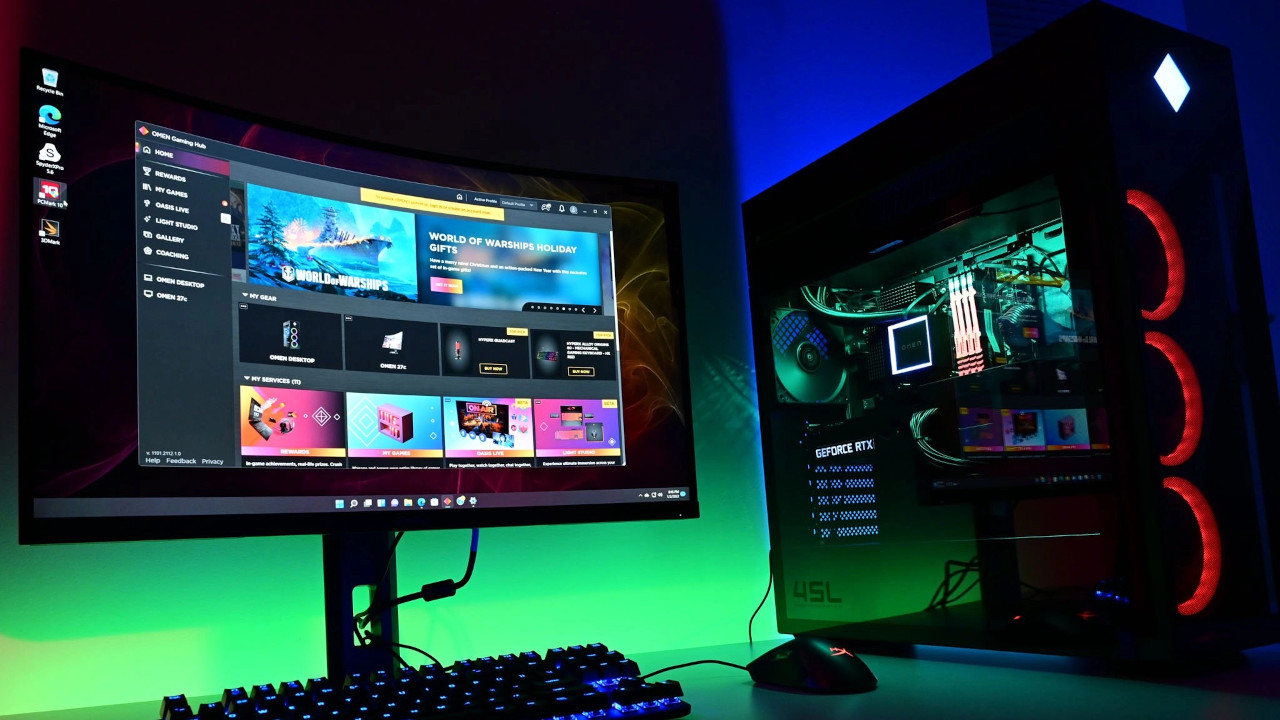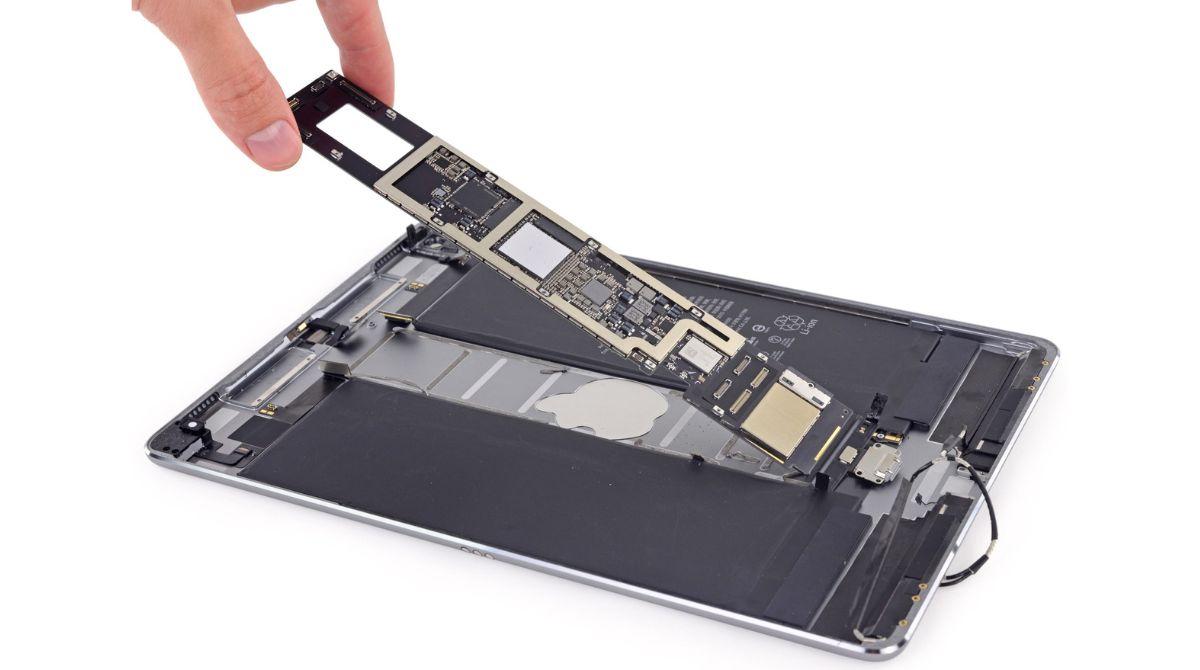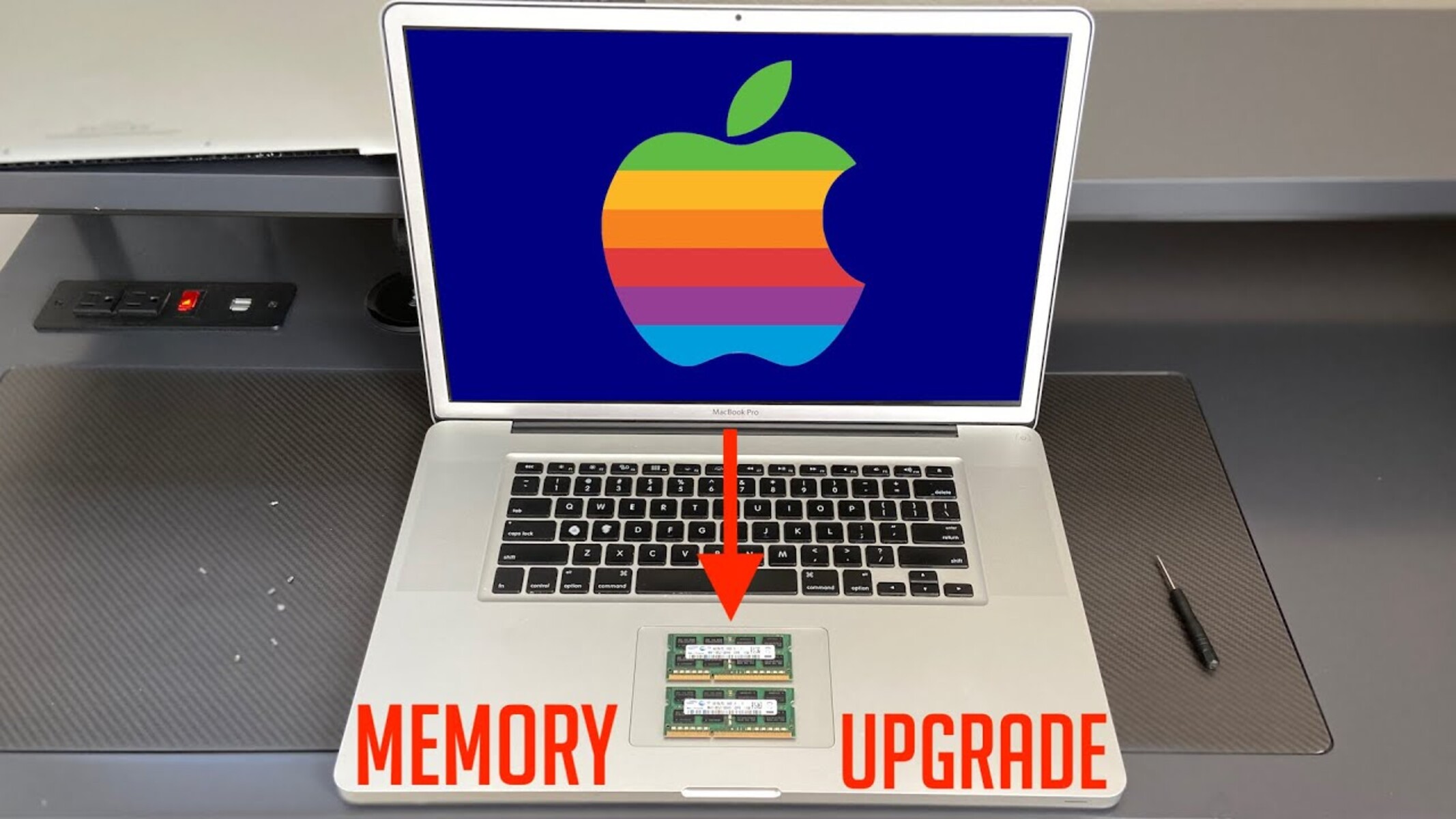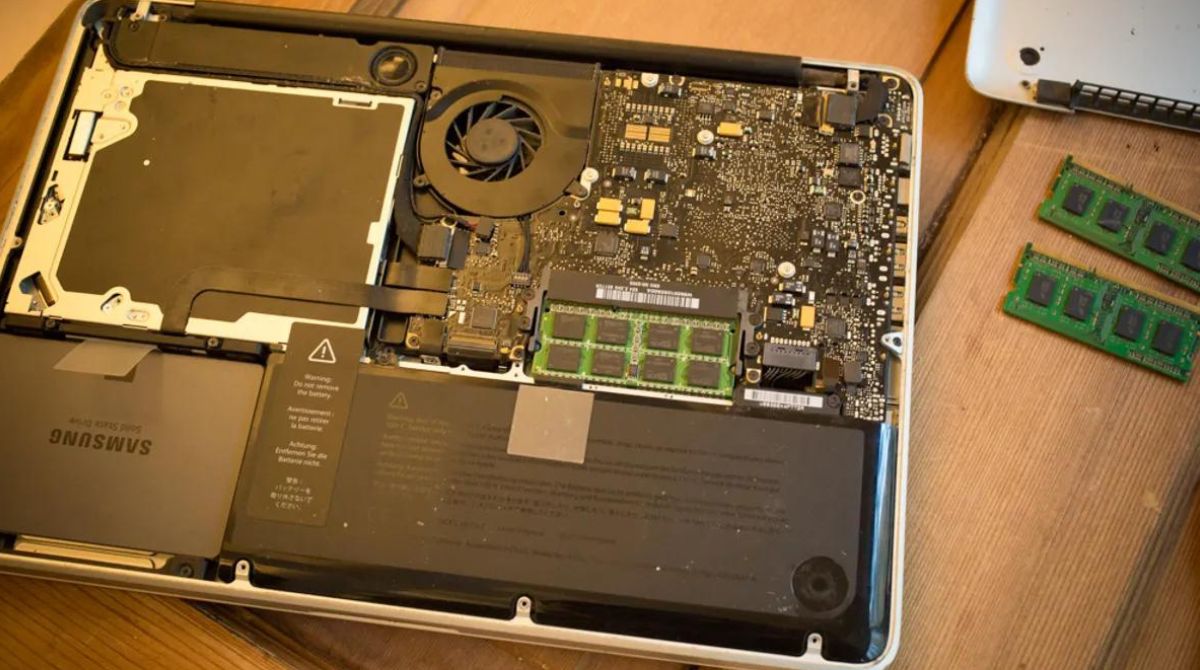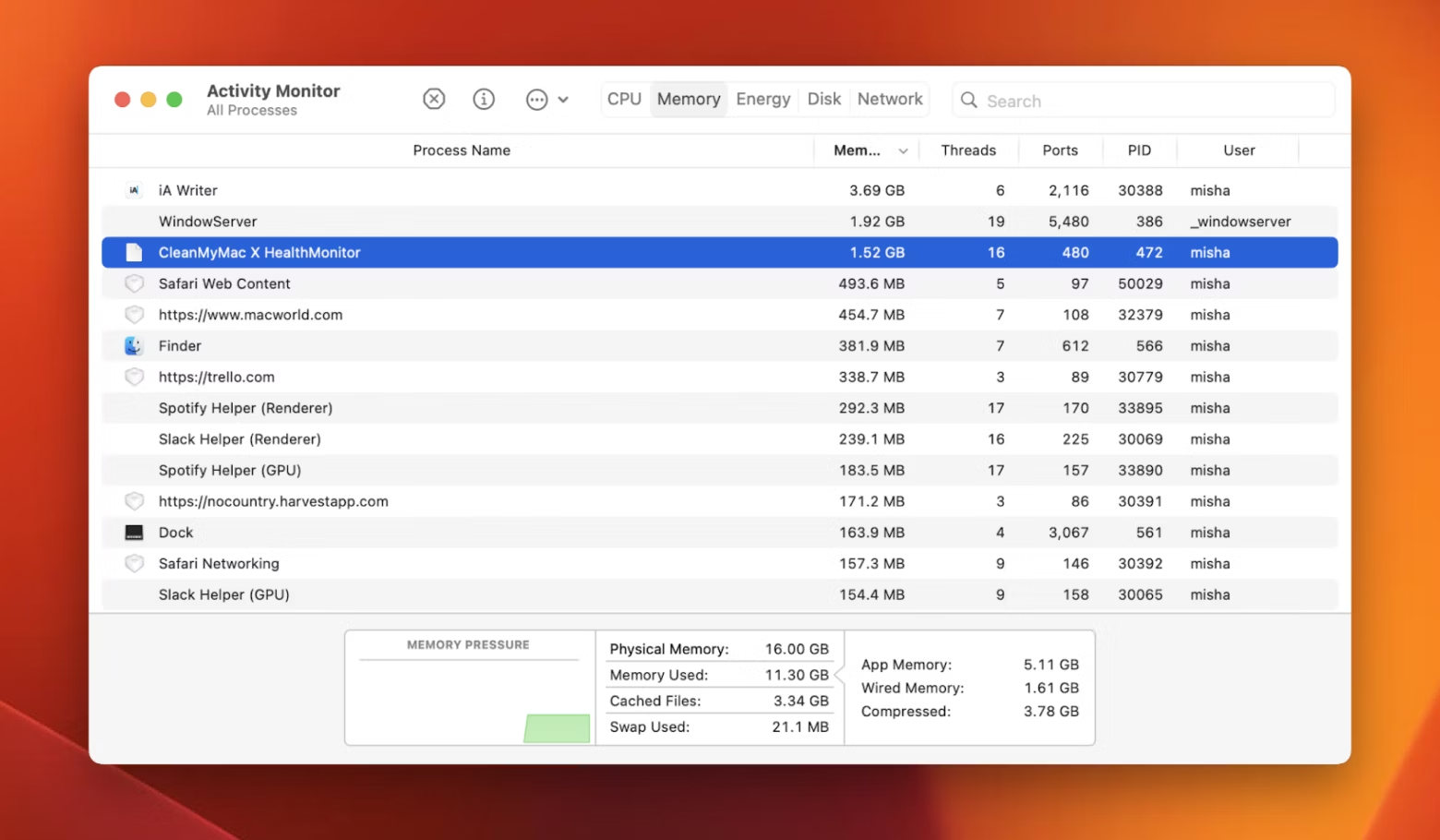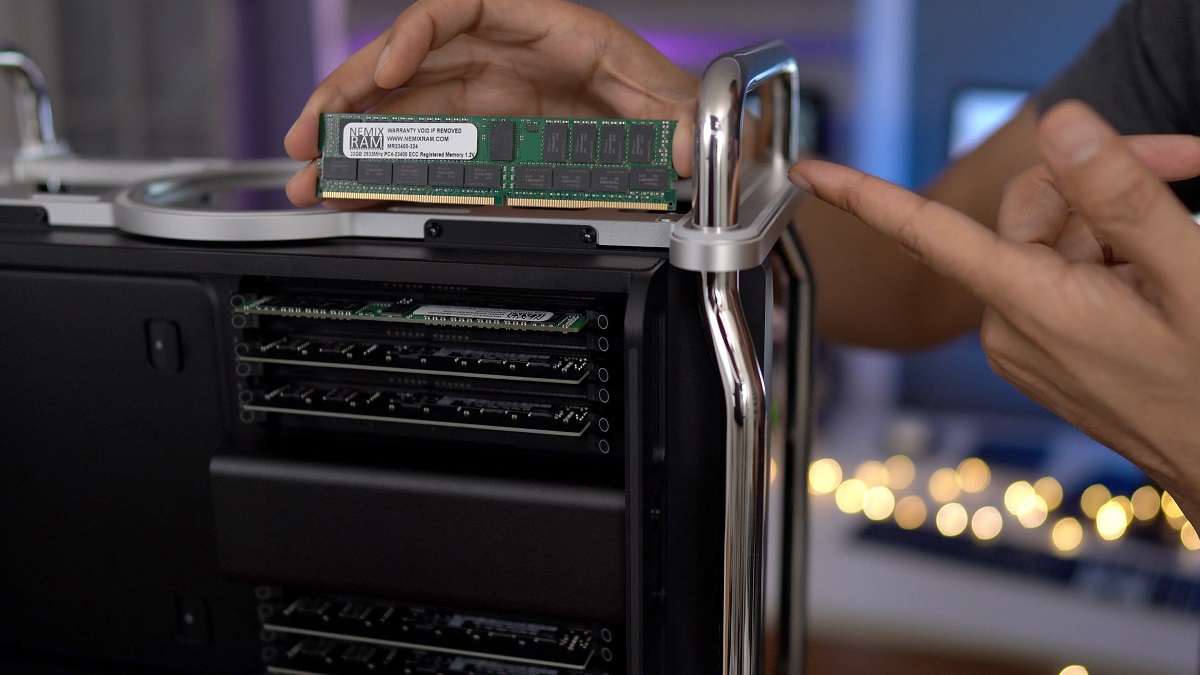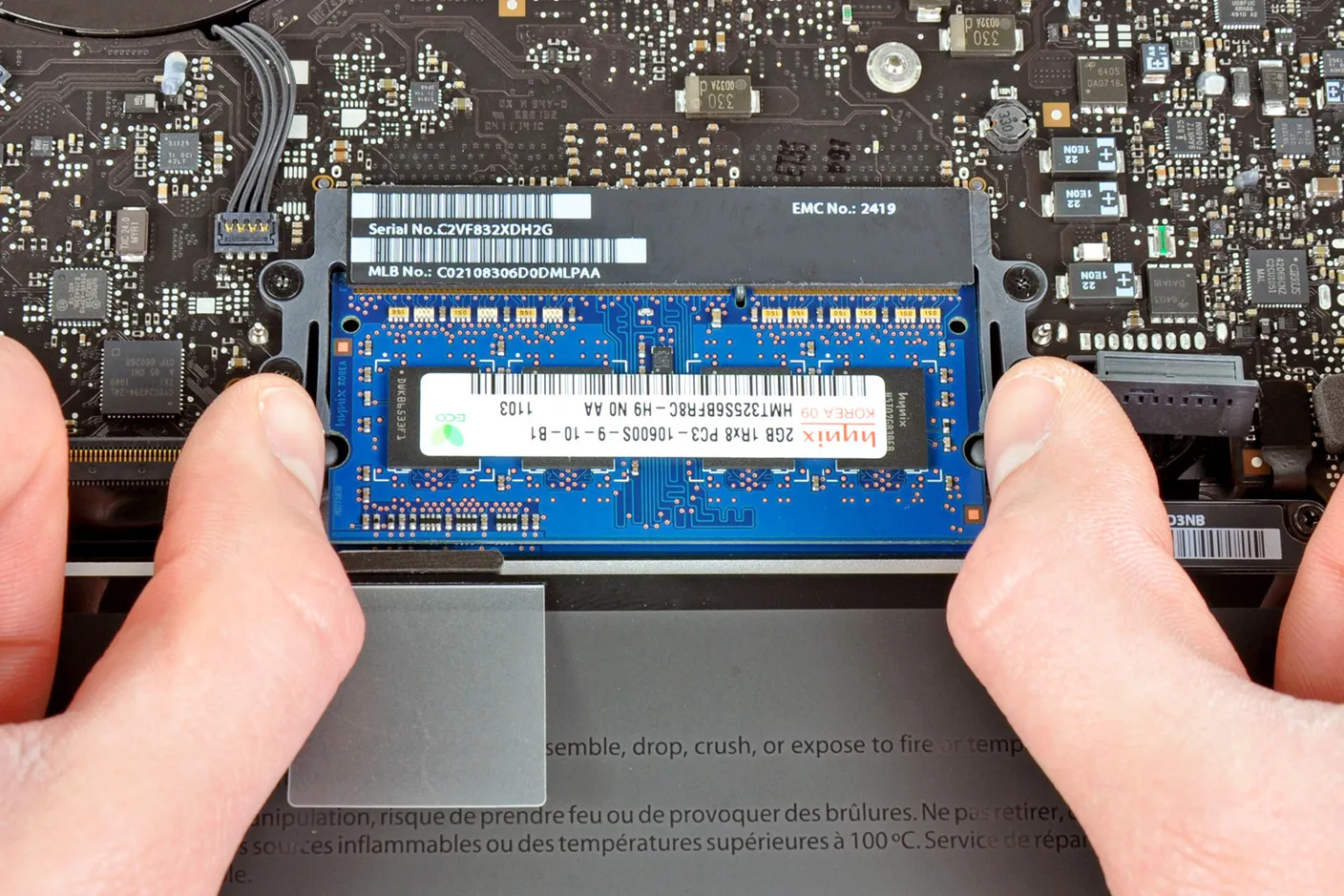Introduction
Welcome to the world of digital audio workstation (DAW) software, where creating, editing, and mixing music becomes a seamless process. If you are a music producer, sound engineer, or a professional in the field, chances are you have heard of Pro Tools – a leading DAW that dominates the industry.
As you dive into the world of Pro Tools, you may wonder about the hardware requirements needed to fuel this powerful software. One key component that plays a crucial role in its performance is RAM (Random Access Memory). The amount of RAM you have in your system directly impacts its ability to handle complex audio projects, plugin processing, and overall stability.
In this article, we will explore the topic of RAM requirements for Pro Tools. We will discuss the minimum recommended RAM as well as the ideal RAM configuration for different usage levels – from basic to advanced.
Before we delve into the specifics, it is important to note that RAM is just one aspect of a system’s performance. Other factors such as processor speed, storage capabilities, and audio interfaces also contribute to the overall efficiency of running Pro Tools. However, in this article, our focus will primarily be on RAM.
So, whether you are a beginner just starting out with Pro Tools or an experienced professional working on intricate projects, read on to find out how much RAM you need to optimize your Pro Tools experience.
Understanding Pro Tools Requirements
Before we dive into the specific RAM recommendations for Pro Tools, let’s gain a better understanding of the software’s requirements. Pro Tools is a robust digital audio workstation designed for professional music production, recording, editing, and mixing. As such, it demands a certain level of performance from your computer system.
The system requirements for Pro Tools can vary depending on the version you are using and the features you plan to utilize. It is essential to check the software’s official documentation or website for the specific requirements of your chosen version.
However, there are some general guidelines to keep in mind when considering the hardware requirements for Pro Tools:
- Processor: Pro Tools is a processor-intensive software, so a fast and multi-core processor is highly recommended. The specific processor requirements will depend on the version of Pro Tools you are using, but generally, a quad-core or higher processor is ideal.
- Storage: Pro Tools requires a significant amount of storage space, especially if you plan to work with large audio files or save multiple projects. A solid-state drive (SSD) is preferable for faster read and write speeds, which can improve Pro Tools’ performance.
- Audio Interface: A high-quality audio interface is crucial for capturing and playback of audio in Pro Tools. Make sure your audio interface is compatible with the software and meets the necessary requirements.
- Operating System: Pro Tools supports both macOS and Windows operating systems. It is essential to ensure that your operating system is compatible with the version of Pro Tools you wish to use.
- RAM: As mentioned earlier, RAM plays a vital role in Pro Tools’ performance. The more RAM you have available, the smoother Pro Tools will run, especially when handling larger projects and utilizing resource-intensive plugins.
Understanding these requirements will help you make informed decisions when it comes to selecting the appropriate hardware for running Pro Tools. In the next section, we will delve into the specific recommendations for RAM in the different usage levels of Pro Tools.
RAM Recommendations for Pro Tools
When it comes to RAM requirements for Pro Tools, it’s important to strike a balance between the minimum necessary for the software to run and the ideal amount that allows for smooth and efficient performance. The specific RAM requirements can vary depending on the version of Pro Tools you are using and the complexity of your projects. Let’s explore the recommended RAM configurations for different levels of Pro Tools usage:
Minimum RAM Requirements
Pro Tools has minimum RAM requirements that need to be met to ensure the software functions properly. While it is technically possible to run Pro Tools with the minimum required RAM, it may not provide an optimal experience, especially when working with larger projects or resource-intensive plugins. The minimum RAM requirement for Pro Tools typically ranges from 4GB to 8GB.
Recommended RAM for Basic Pro Tools Usage
If you are a beginner or using Pro Tools for simple tasks like recording and editing small projects, it is advisable to have a minimum of 8GB to 16GB of RAM. This amount of RAM will provide smoother performance and allow you to work with multiple tracks and basic plugins without significant issues.
Recommended RAM for Intermediate Pro Tools Usage
If you are an intermediate user and regularly work on more complex projects with a moderate number of tracks and resource-intensive plugins, it is recommended to have 16GB to 32GB of RAM. This increased amount of RAM will help maintain stability and prevent potential crashes or performance bottlenecks.
Recommended RAM for Advanced Pro Tools Usage
For advanced users who work on professional-grade projects, utilize a large number of tracks, employ a wide range of plugins, and require seamless playback and real-time processing, it is advisable to have at least 32GB to 64GB of RAM. This substantial amount of RAM ensures that Pro Tools can handle demanding tasks and maintain smooth performance even with the most demanding projects.
Note that these recommendations are based on general usage levels and can vary depending on your specific workflow and project requirements. Additionally, it’s important to consider future scalability and allow room for growth when determining your RAM configuration for Pro Tools.
In the next section, we will discuss additional factors to consider when selecting the right RAM for your Pro Tools setup.
Minimum RAM Requirements
Pro Tools, like any software, has minimum hardware requirements that must be met for the software to run properly. While it is technically possible to run Pro Tools with the minimum required RAM, it is important to note that it may not provide the best performance and user experience, especially when working with larger projects or resource-intensive plugins.
The minimum RAM requirements for Pro Tools can vary depending on the version of the software you are using. In most cases, the minimum RAM requirement for Pro Tools ranges from 4GB to 8GB.
Having the minimum required RAM can allow you to run Pro Tools and perform basic tasks such as recording and editing smaller projects. However, it is important to recognize that your workflow might be limited and you may experience sluggish performance or issues when working with larger projects or using multiple resource-intensive plugins.
Furthermore, it is worth noting that other factors, such as the operating system, processor speed, and storage capabilities, also contribute to the overall performance of Pro Tools. Insufficient RAM combined with a slower processor or limited storage space can further impact the software’s performance.
In summary, while you can technically run Pro Tools with the minimum required RAM, it is strongly recommended to have more RAM for a better user experience and smoother performance, especially if you plan on working with more complex projects or using resource-intensive plugins. In the next section, we will explore the recommended RAM configurations for different levels of Pro Tools usage.
Recommended RAM for Basic Pro Tools Usage
If you are new to Pro Tools or primarily engage in basic tasks such as recording and editing smaller projects, a certain amount of RAM is recommended to ensure smooth performance and an optimal user experience. While the specific RAM requirements can vary depending on the version of Pro Tools and your specific needs, there are general recommendations to consider.
For basic Pro Tools usage, such as working with a limited number of tracks and using basic plugins, it is advisable to have a minimum of 8GB to 16GB of RAM. This amount of RAM provides a good balance between affordability and performance, allowing you to work efficiently without experiencing significant issues.
With 8GB to 16GB of RAM, you will be able to handle small to moderately sized projects with ease. It also allows for smooth playback, editing, and mixing without major performance bottlenecks. Basic plugins and effects will work seamlessly, and you can work with multiple tracks without encountering significant processing limitations.
Having this recommended amount of RAM for basic Pro Tools usage also provides room for multitasking. You can run other essential applications alongside Pro Tools, such as a web browser for research or a digital audio editor for additional audio processing.
However, it is important to note that if you have plans to expand your skillset or work on more complex projects in the future, investing in a higher amount of RAM, such as 16GB or even 32GB, can provide better long-term performance and scalability. This will ensure that you have enough resources to handle increased track counts, more demanding plugins, and larger projects as you progress in your Pro Tools journey.
Overall, for basic Pro Tools usage, a recommended RAM configuration of 8GB to 16GB strikes a balance between cost-effectiveness and performance, allowing you to work comfortably with smaller projects and basic plugins. In the next section, we will explore the recommended RAM configurations for intermediate and advanced levels of Pro Tools usage.
Recommended RAM for Intermediate Pro Tools Usage
If you have progressed beyond basic Pro Tools usage and find yourself working on more complex projects with a larger number of tracks and utilizing more resource-intensive plugins, it is important to have a sufficient amount of RAM to ensure smooth performance and efficient workflow.
For intermediate Pro Tools usage, a recommended RAM configuration is typically between 16GB to 32GB. Increasing the amount of RAM allows you to handle more demanding projects and utilize a wider range of plugins without experiencing significant performance issues.
With 16GB to 32GB of RAM, you can comfortably work on projects that involve a moderate number of tracks, intricate editing, and more extensive mixing processes. This increased RAM capacity provides improved stability, reduced risk of crashes or freezes, and quicker processing of real-time effects and plugins.
Having a sufficient amount of RAM is particularly beneficial when working with large sample libraries, virtual instruments, and complex audio processing. It allows for smoother playback, faster rendering, and enhanced responsiveness when manipulating multiple tracks simultaneously.
Additionally, the recommended RAM configuration for intermediate Pro Tools usage ensures that you have enough headroom for multitasking. You can run other resource-intensive applications alongside Pro Tools, such as virtual instruments or external effects processors, without sacrificing performance.
It is worth noting that the specific RAM requirements may vary depending on the complexity of your projects and the resource demands of the plugins you use. If you find yourself consistently pushing the limitations of your current RAM configuration, upgrading to a higher capacity, such as 32GB or even 64GB, can offer additional performance benefits and future-proof your setup.
By investing in an intermediate-level RAM configuration, you can provide yourself with the necessary resources to handle more demanding projects, experiment with advanced plugins, and explore a wider range of creative possibilities within Pro Tools.
In the next section, we will discuss the recommended RAM configurations for advanced Pro Tools usage, where projects are exceptionally complex and require a robust system to ensure optimal performance.
Recommended RAM for Advanced Pro Tools Usage
If you are an advanced user of Pro Tools, working on complex, high-track-count projects with a multitude of resource-intensive plugins and effects, it is essential to have a substantial amount of RAM to handle the demanding requirements of your workflow.
For advanced Pro Tools usage, it is recommended to have a minimum of 32GB to 64GB of RAM. This increased RAM capacity ensures optimal performance, stability, and responsiveness when working on the most demanding projects.
With 32GB to 64GB of RAM, you have the necessary resources to handle a large number of tracks, extensive audio editing, intricate mixing sessions, and real-time processing without encountering significant performance bottlenecks. This higher RAM configuration allows for seamless playback, faster rendering, and efficient handling of the most resource-intensive plugins and virtual instruments.
Moreover, having ample RAM becomes crucial when working with large sample libraries, orchestral compositions, complex audio processing chains, and intensive DSP (Digital Signal Processing) tasks. It ensures your system can handle the immense amount of data and calculations required, providing a smooth and uninterrupted workflow.
Aside from providing optimal performance within Pro Tools, an advanced RAM configuration enables you to engage in multitasking without sacrificing efficiency. You can run other memory-intensive applications simultaneously, such as video editing software, virtual synthesizers, or professional audio plugins, without adversely affecting Pro Tools’ performance.
It is important to note that the recommended RAM configuration for advanced Pro Tools usage may vary based on the specific demands of your projects and the nature of the plugins or virtual instruments you use. If you frequently work with extremely complex projects or require even higher levels of performance, upgrading to 64GB or more of RAM can further enhance your capabilities.
Investing in a robust RAM configuration for advanced Pro Tools usage not only ensures exceptional performance in your current projects but also provides room for growth as you tackle more ambitious and demanding musical endeavors.
In the next section, we will discuss additional factors to consider when selecting the appropriate RAM for your Pro Tools setup.
Additional Factors to Consider
When selecting the appropriate RAM configuration for your Pro Tools setup, there are a few additional factors to consider alongside the recommended RAM amounts for different usage levels. These factors can impact the overall performance and efficiency of your Pro Tools system:
Workflow and Project Complexity:
Consider the complexity of your projects and the type of work you typically undertake in Pro Tools. If you often work on complex compositions, film scoring, or audio post-production projects that involve a large number of tracks and intricate processing, it is advisable to opt for a higher RAM configuration within the recommended range.
Plugin and Virtual Instrument Usage:
Take into account the plugins and virtual instruments you frequently use in your projects. Some plugins, particularly those with high-quality audio processing algorithms or advanced synthesis capabilities, can be memory-intensive. If you use a significant number of resource-intensive plugins simultaneously, it is recommended to opt for the higher end of the RAM recommendations to ensure smooth performance.
Future Scalability:
Consider your future growth and the potential expansion of your Pro Tools projects. If you anticipate taking on more demanding projects or exploring new creative avenues, it is wise to invest in a higher capacity of RAM to accommodate future needs and prevent the need for premature upgrades.
Operating System and Hardware Compatibility:
Ensure that your chosen RAM configuration is compatible with your computer’s operating system and hardware. Check the specifications and requirements of your specific system to ensure seamless integration and optimal performance.
Budget Considerations:
While it is important to have sufficient RAM for optimal Pro Tools performance, it is also essential to balance your budget. Take into account the cost implications of upgrading to higher RAM configurations and find the sweet spot between performance and affordability.
By keeping these additional factors in mind, you can make an informed decision when selecting the right RAM configuration for your Pro Tools setup. Remember to always refer to the official Pro Tools documentation or consult with hardware experts to ensure compatibility and maximize the efficiency of your system.
Conclusion
When it comes to running Pro Tools, having the right amount of RAM is crucial for optimal performance and a smooth workflow. While the minimum RAM requirements may suffice for basic tasks, investing in a higher RAM configuration can significantly enhance your Pro Tools experience, especially if you work on more complex projects or utilize resource-intensive plugins and virtual instruments.
For basic Pro Tools usage, a recommended RAM configuration of 8GB to 16GB strikes a balance between affordability and performance. Intermediate users should consider a RAM configuration of 16GB to 32GB, while advanced users should aim for a minimum of 32GB to 64GB. These higher RAM configurations provide ample resources to handle extensive track counts, complex mixing sessions, and demanding audio processing tasks.
Remember to take into account other factors such as project complexity, plugin usage, future scalability, operating system compatibility, and budget considerations when determining your ideal RAM configuration for Pro Tools.
Lastly, it is important to regularly refer to the official Pro Tools documentation for specific RAM requirements based on your chosen version and keep your hardware and software up-to-date to ensure compatibility and optimal performance.
By selecting the appropriate RAM configuration and addressing the essential hardware requirements, you can harness the full potential of Pro Tools and embark on a seamless and efficient music production journey.







